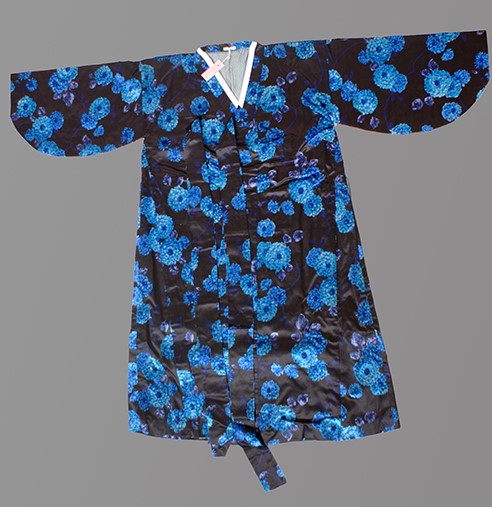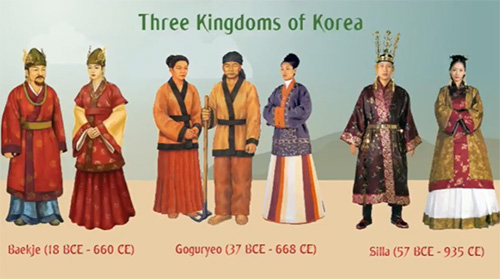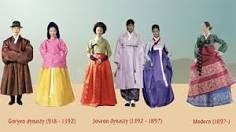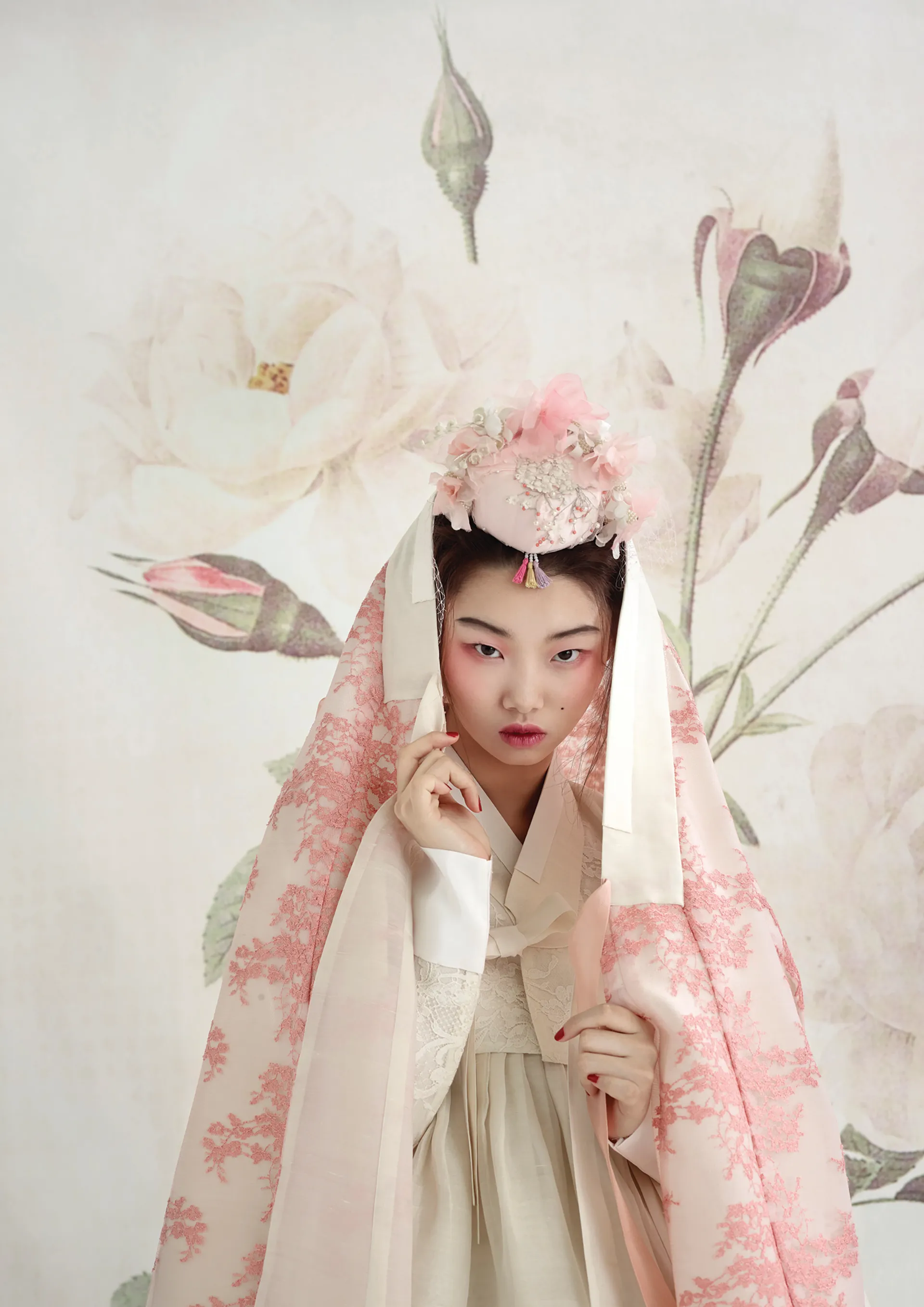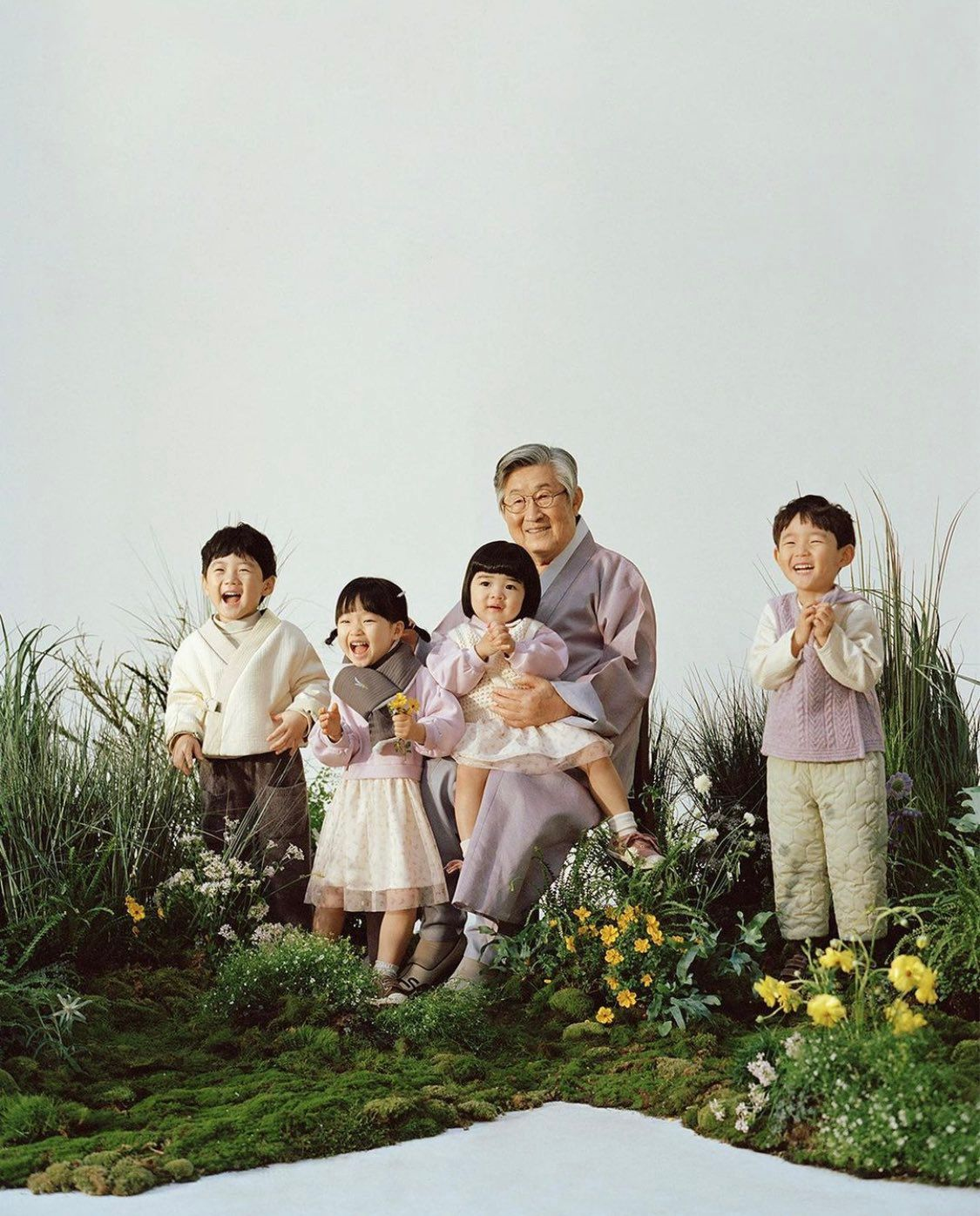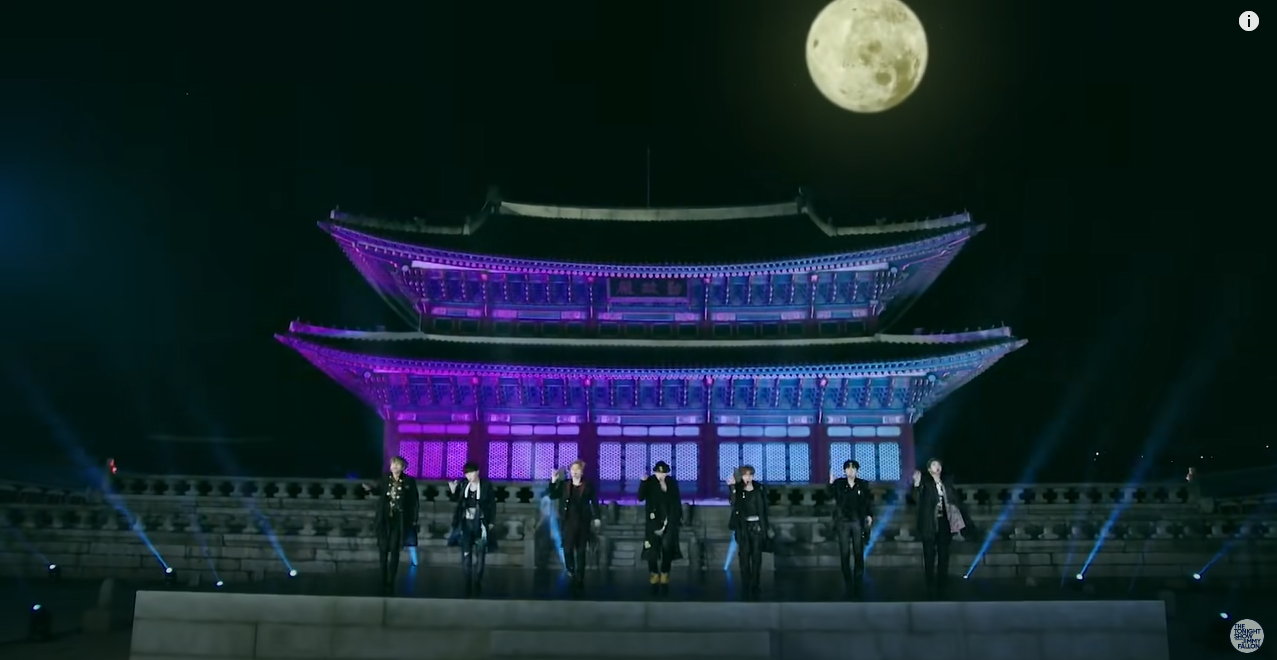The individual items of hanbok are made from a variety of natural fabrics, including silk, cotton, and ramie. The choice of fabric depends on the occasion and the social status of the wearer. For special occasions and formal events, silk hanbok is often preferred for its luxurious and refined appearance.
The colors of hanbok hold meanings. Vibrant colors like red, blue, yellow, and green are commonly used, and each color has its own symbolism. For example, red represents passion and good fortune, while blue symbolizes calmness and spirituality.
Hanbok designs and styles vary based on factors such as gender, age, and social status. Traditional hanbok for women often features more elaborate and intricate details, including a longer jeogori and a wider chima. Men's hanbok, on the other hand, is usually simpler in design, with a shorter jeogori and straight-cut trousers called baji.
Hanbok has evolved over time, influenced by changing fashion trends and historical events. Modern hanbok designs combine traditional elements with contemporary aesthetics, catering to different preferences and occasions. Hanbok is still worn on various cultural and festive occasions, such as weddings, traditional ceremonies, and holidays.
In recent years, there has been a renewed interest in hanbok, both within Korea and internationally. It is cherished as a symbol of Korean heritage and identity, and many people appreciate its timeless beauty and cultural significance.
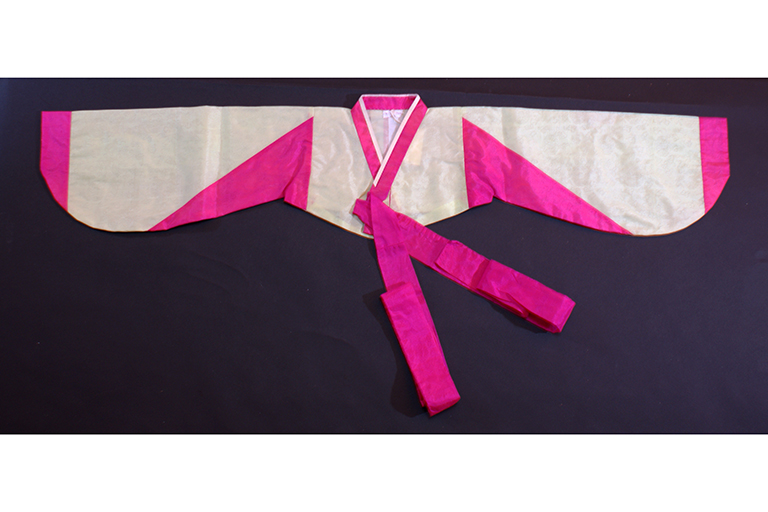
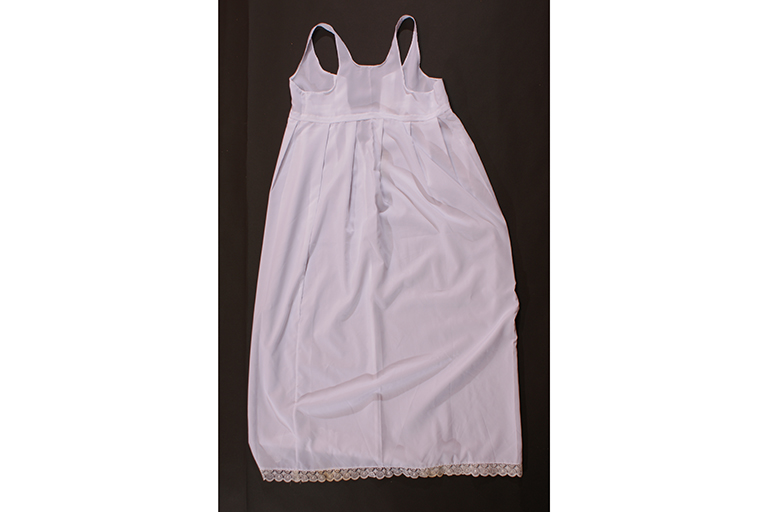
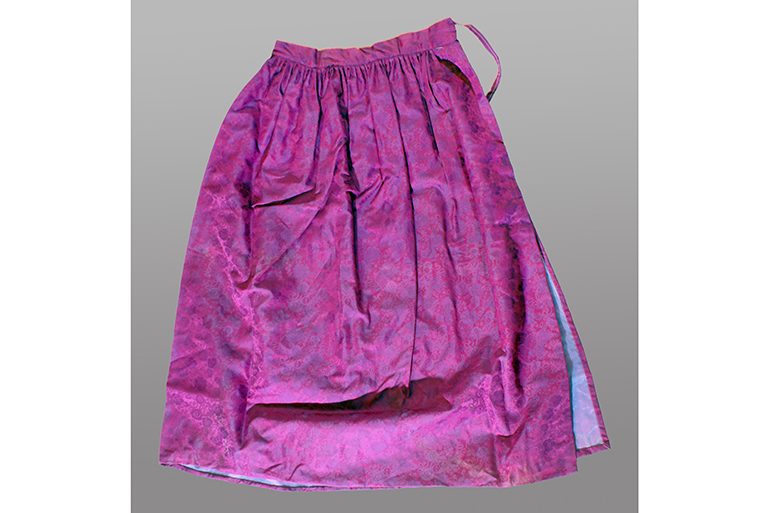
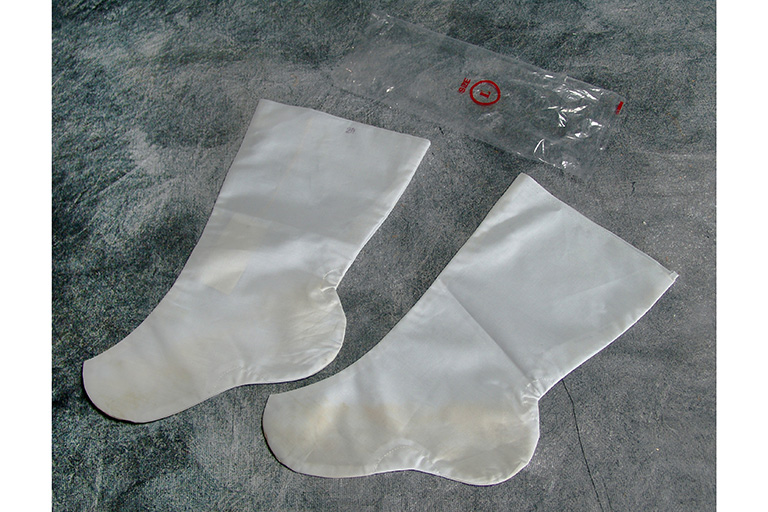
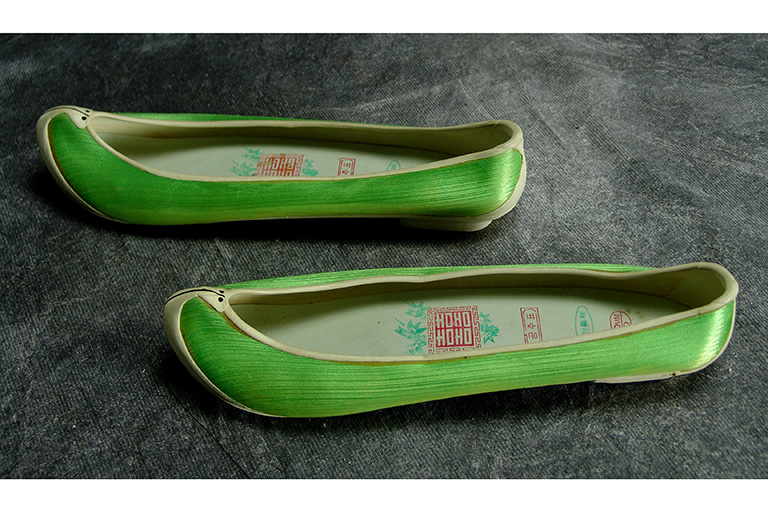

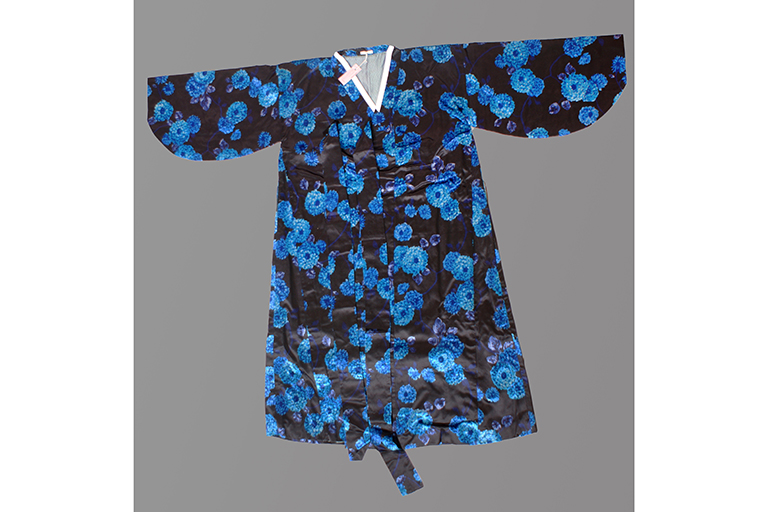
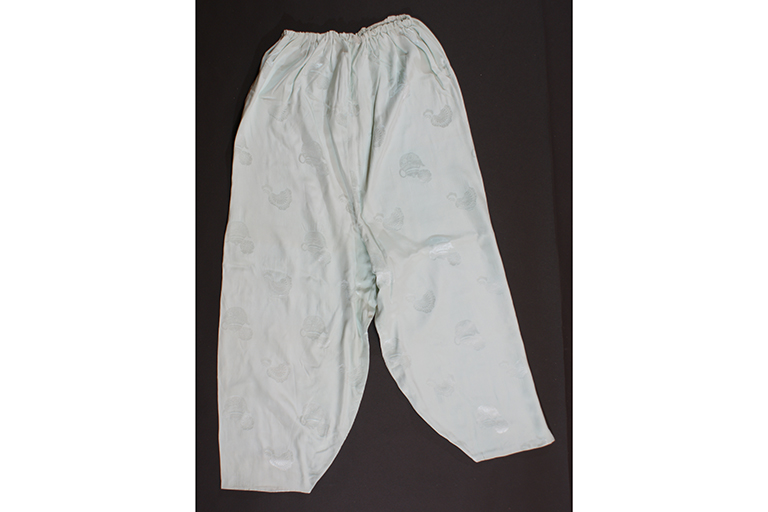
The first image shown is the jeogori, a key component of the hanbok. The word hanbok denotes traditional clothing in South Korea. The jeogori (jacket) is distinguished by its vibrant colored ties, referred to as a goreum, which is commonly coordinated with the kkeutdong (cuffs). This jacket is worn over a skirt called a chima, forming an integral part of the traditional Korean hanbok clothing.
The second image shows sokchima, or slips, which play a crucial role in hanbok as they contribute to the fullness and graceful shape of the skirt.
The vibrant fuchsia skirt in the third image, known as chima, beautifully complements the lighter pink jacket adorned with richly colored cuffs. In the past, chima were typically designed as one-size-fits-all garments and were adjusted to fit the wearer through the use of ties.
The fourth image shows a pair of beoseon, which are a style of socks crafted from stitched fabric instead of knitted or crocheted yarn. Certain beoseon feature two layers of fabric with padding in the middle, resembling a quilt, while others consist of a single layer.
The fifth image shows danghye, women’s silk shoes.
The sixth image shows durujumeoni, or purse. Delicate slivers of silver embellish the stripes of this small purse.
The seventh image shows durumagi, or men’s robe. The deep backdrop of this attire provides a striking contrast that amplifies the vibrant blue flowers. It boasts a significantly longer length compared to the jeogori showcased in this digital exhibit and includes convenient pockets.
The last image shows the silk trousers, known as baji, which feature a pleasant mint green color and are equipped with an elastic waistband for comfort. Upon closer inspection, one can discern delightful depictions of steaming tea kettles embedded within the fabric.
Teacher-Made Hanbok Lesson Plan- Latin I-II by Rosina Catalan
Teacher-Made Huipil + Hanbok Lesson Plan- 2nd Grade Social Studies by Claire Stancombe
Teacher-Made Huipil + Hanbok Lesson Plan- Spanish II by Rebecca Agudelo-McNealy
Agudelo-McNealy Supplement 1- Guided Conversation Slides
Agudelo-McNealy Supplement 2- Vocabulary List
Agudelo-McNealy Supplement 3- Student Activity 1
Agudelo-McNealy Supplement 4- Student Activity 2
Agudelo-McNealy Supplement 5- Huipil Reading
Agudelo-McNealy Supplement 6- Hanbok Reading
Agudelo-McNealy Supplement 7- Self Reflection

